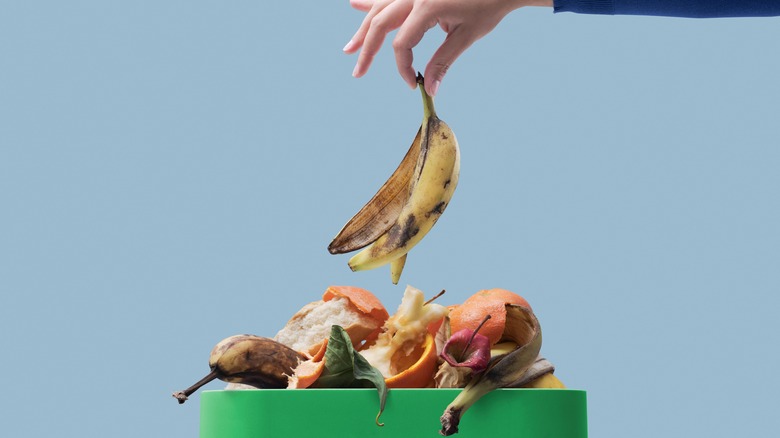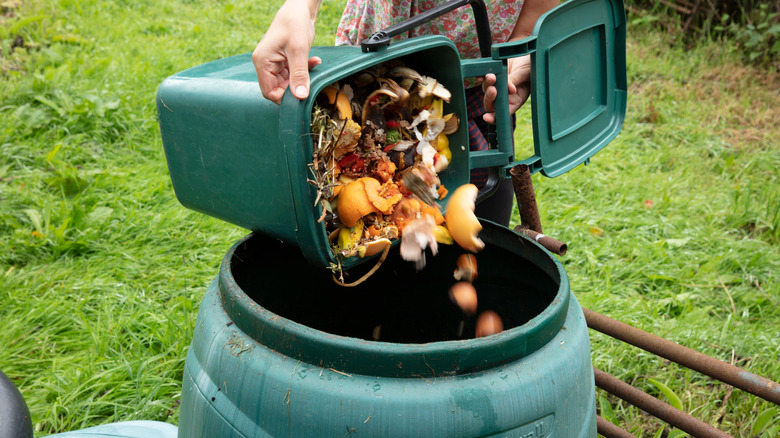The Food Waste Management Industry Is Set To Boom. Here's Why
A quick scan of headlines reveals how food waste initiatives have become trendy.
For example, one company is turning wine-making waste into food. Food Navigator highlighted two efforts, one of which featured Hazel Technologies, who, by controlling storage temperatures at farms, was able to slow the aging process of their produce, which allowed them to harvest and sell more food at greater distances. The other highlighted an idea to upcycle potato skins and peels into bioplastic wrap (via Food Navigator).
Obviously, the market is exploding into ever larger boom cycles. In an overview of their report on the future of the food waste management market, Future Market Insights predicts that between 2022 and 2032, the market will grow from $62.6 billion to $116.4 billion. In other words, it should almost double in size. The report cites rising living costs, resource scarcity, and material costs as reasons for the new pressure to invest in this area. Except, such covering doesn't quite get at how overwhelming the pressure to develop food waste management actually is.
The market will meet the demand for solutions
A survey covered by Axios gets at how large the need for effective food waste management is. According to the survey, 84% of grocery stores will invest in food waste technologies. This is to combat their struggle with food waste, which involves throwing out 30% of their stocks and costs them $16 billion annually. While many did say this was part of their effort to become sustainable businesses, the real pressure comes from the bottom line.
Food waste, however, extends beyond the store. It occurs throughout the food production cycle from farm to table, as Food Print shows. Farms grow more crops than they need lest a bad harvest occur, which results in food being thrown out before it's even sold. Food is then wasted in manufacturing, packaging, and transportation. Even the food that actually reaches our shelves is in danger of being wasted as two-thirds of food bought in the United States goes bad before we even use it.
The rest is wasted by homes over-cooking meals that never get finished as leftovers.

